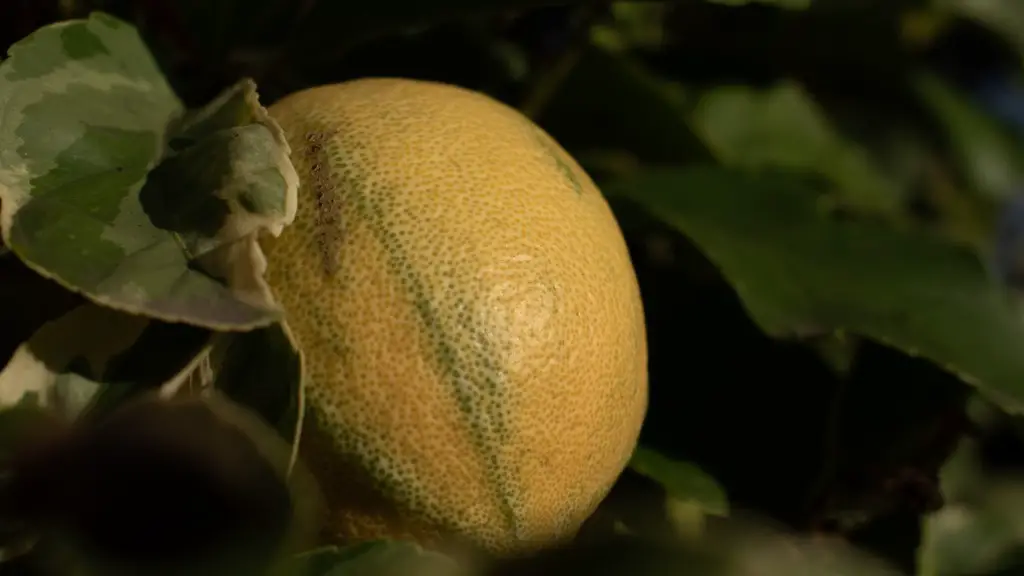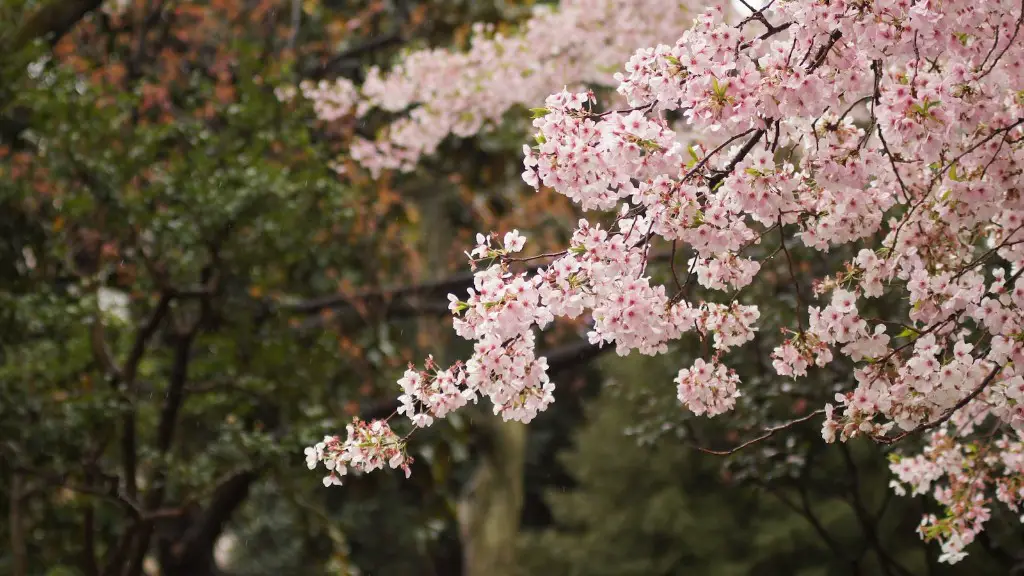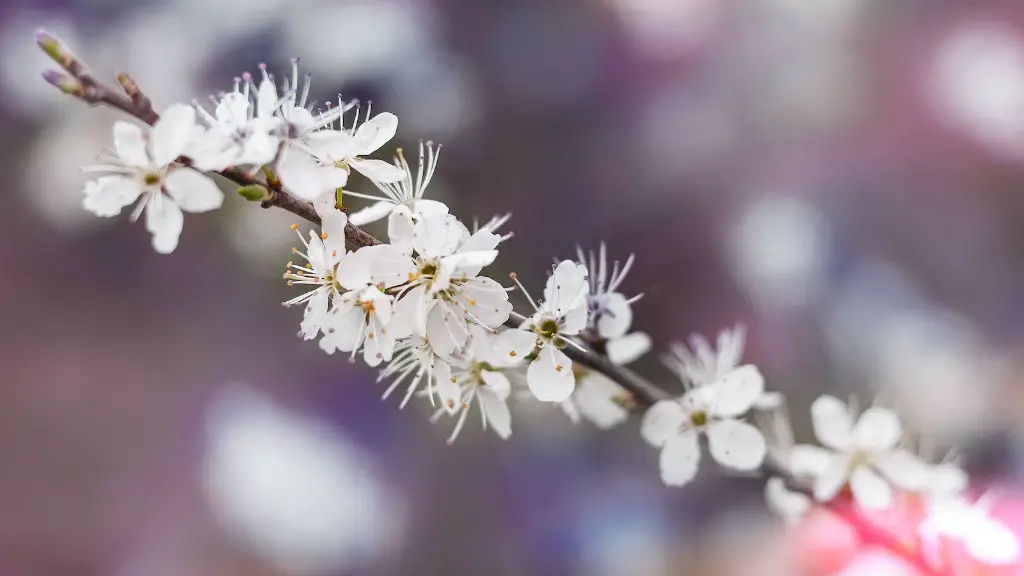When growing a palm tree in a pot, it requires special care in order to create the ideal conditions for it to thrive. It is important to understand the type of soil, climate and the types of containers that are necessary to grow a palm tree in a pot so that it can survive the climate and environment. In this article, we will provide some helpful tips on how to plant palm tree in pot.
The first step in planting a palm tree in a pot is to prepare the soil. The best soil for a palm tree is rich in nutrients and moisture. It should have a lot of tiny pores that allow water and air to pass through, as well as have a slightly acidic pH. You can mix in some fertilizers, or you can use potting mix specifically made for palms. If you are using a larger pot, you will need to mix in some perlite to help provide additional drainage and aeration.
The next step is to select the right kind of pot. A pot that is too small will restrict the root system, and a pot that is too large will retain too much water and can cause root rot. A good size for a palm in a pot is 14-20 inches wide and with a depth of 10-14 inches. The pot should also have holes in the bottom for drainage and be made from high-quality materials such as ceramic, plastic, or terra cotta.
When it comes to placement, it is important to put the pot in the right spot. The pot should be placed in an area that receives maximum sunlight, preferably 6-8 hours per day. The soil should be kept moist, but not soggy, so be careful not to overwater the plant. It is a good idea to check the soil’s moisture levels and water accordingly.
On the other hand, a palm tree in a pot needs to be protected from extreme temperatures. In cold weather, the pot should be sheltered from strong winds, as well as be placed in a position where it is exposed to the sun. In hot weather, a palm tree should be provided with shade and misting with water regularly.
In order to ensure that your palm tree is getting enough nutrients, it is important to fertilize the plant every two months. Fertilizers that contain high amounts of iron, nitrogen, and magnesium can help promote strong and healthy roots. Additionally, you can use a balanced fertilizer that is specifically for palms.
Finally, it is important to be aware of the fact that a palm tree in a pot needs to be repotted every two or three years in order to ensure that the roots have enough space to grow and the nutrients they need. The repotting process should be done in early spring and should include adding fresh soil and potting mix to the bottom of the pot.
Pruning and Maintenance
When it comes to pruning and maintenance, it is important to be aware that palms require minimal pruning. Pruning should only be done when it is absolutely necessary, such as when the leaves are damaged or if the fronds are becoming too large and heavy for the tree to keep upright. If you do decide to prune, it is best to do it in early spring.
It is also important to check the palm tree for pests such as mealybugs, scale or spider mites. If you find any of these pests, it is best to take the appropriate steps to remove them, such as using a soft brush and some insecticidal soap or horticultural oil. It is also important to keep an eye out for disease and to treat it immediately if needed.
Finally, it is a good idea to provide your palm tree with additional nutrients in the form of mulch or compost. This can help to keep the soil moist and will also add nutrients to the soil. Additionally, you should keep the soil loose by adding organic matter and aerating it once or twice a year.
Caring for a Palm Tree in a Pot
In conclusion, in order to keep your palm tree in a pot healthy, it is important to pay attention to its location and provide it with the right amount of sunlight, water and nutrients. Additionally, it is essential to check for any signs of pests, disease or damage and treat them accordingly. Finally, repotting should be done every two or three years to provide the tree with the extra space its roots need. Following these simple steps should help you successfully grow a palm tree in a pot.
Providing the Necessary Nutrients
In order to make sure that your palm tree in a pot is getting the necessary nutrients, it is important to use a good quality fertilizer. The fertilizer should contain the right balance of nitrogen, phosphorus and potassium, as well as trace elements such as iron and magnesium. Additionally, it is important to apply the fertilizer according to the instructions on the package so as to avoid any damage to the tree.
It is also a good idea to use a slow-release fertilizer, which will provide the tree with nutrients over a longer period of time. This way, the nutrients are available when the tree needs them and are not lost through the soil. Additionally, it is important to apply the fertilizer evenly and at the correct rate so that the tree will receive the correct amount of nutrients.
If you are looking for an organic option, you can use manure or compost to provide your palm tree with extra nutrients. Manure is an excellent source of nutrients and can be added to the pot every two months or so. Similarly, compost can be applied as a top dressing or mixed into the potting mix.
Protecting the Palm Tree from Pests and Diseases
It is important to inspect your palm tree regularly for signs of pests or disease. Common pests to look out for include mealybugs, scale and spider mites, which can cause damage to the leaves and fronds of the tree. If you see any of these pests, it is important to take the appropriate steps to get rid of them.
In order to protect your palm tree from disease, it is important to keep the soil moist but not waterlogged. Additionally, mulching with an organic material can help to protect the tree from disease and can also help to keep the soil moist. Finally, it is important to keep the soil aerated and free from debris, as this can help to prevent the spread of disease.
Tips to Promote Healthy Growth
When it comes to promoting healthy growth, it is important to provide the tree with enough of the right kind of light. Palms prefer bright indirect light and should be kept far away from direct sunlight. Additionally, the tree should be provided with enough airflow, as this can help to keep the leaves healthy and can also help to keep the temperature down.
Furthermore, it is important to water the tree when the soil starts to dry out. Letting the soil dry out completely or overwatering the tree can be damaging and can cause the roots to rot. Additionally, the palm tree should be misted regularly with water in order to help keep it healthy.
Finally, it is important to provide your palm tree with the correct balance of nutrients. Fertilizing the tree every two months with a good quality fertilizer can help to promote strong and healthy growth. Additionally, adding some organic matter such as manure or compost to the pot can help to provide the tree with extra nutrients.




